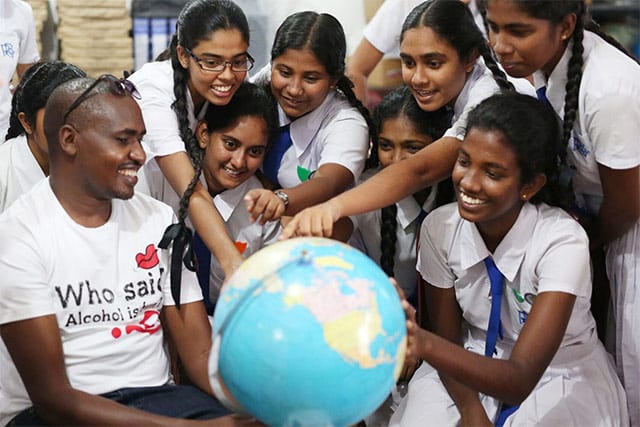Do different drinks make you feel different emotions? Examination of young adolescents’ beverage-specific alcohol expectancies using the Alcohol Expectancy Task
Research article
Highlights
- Findings show young adolescents’ hold beverage specific alcohol expectancies.
- Beer was the most commonly attributed beverage given to happy and angry persons.
- Young adolescents predominantly gave white wine to sad persons.
- Results further the Alcohol Expectancy Task as a way forward in addressing expectancies.
Abstract
The aim of this paper is to explore whether in the eyes of young adolescents the consumption of different alcoholic beverages is associated with different alcohol expectancies, namely beliefs on what emotional outcomes take place when alcohol is consumed.
283 nine to 12-year olds from Switzerland completed the Alcohol Expectancy Task.
Participants were asked to assign one of 12 beverages (four alcoholic, eight non-alcoholic) to 16 adults depicting four emotional states (happy, angry, relaxed, sad).
General linear modelling was used to examine beverage attributions across the four different emotional states.
Beer was the most commonly attributed beverage across all 16 adults depicted. Happy and angry persons were most commonly attributed beer. Gender variations were found for relaxed persons, with females predominantly attributed champagne and males predominantly attributed beer. Young adolescents predominantly gave white wine to sad persons.
Findings reveal a level of nuanced knowledge existing among young adolescents with minimal alcohol consumption experience, in that they hold very different expectancies for different beverages, prompting for future investigations to examine beverage-specific expectancies.
Furthermore, findings showing beverage-specific expectancies among young adolescents may have implications for researchers’ considerations of how alcohol-related knowledge and expectancies develop throughout childhood.
